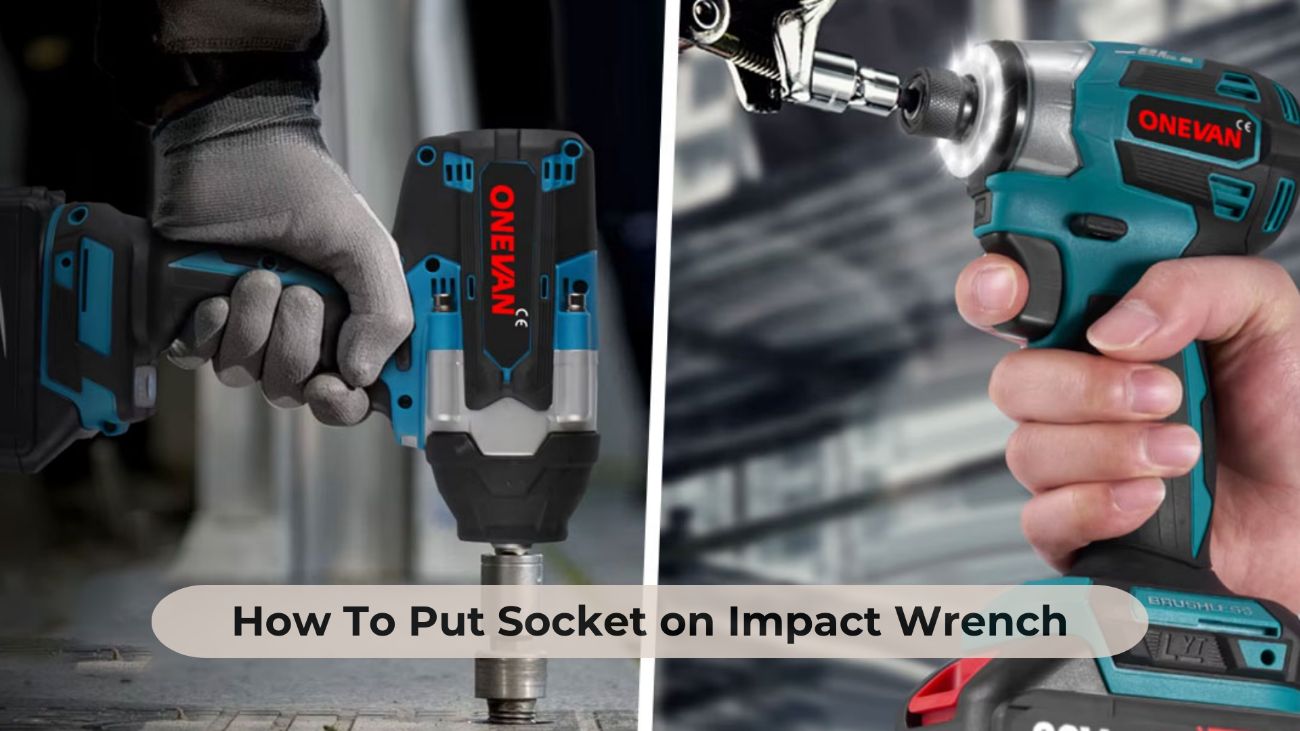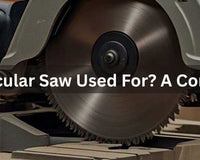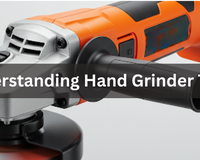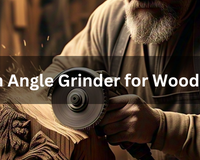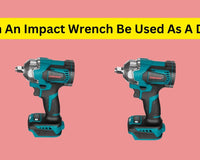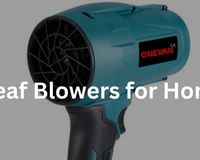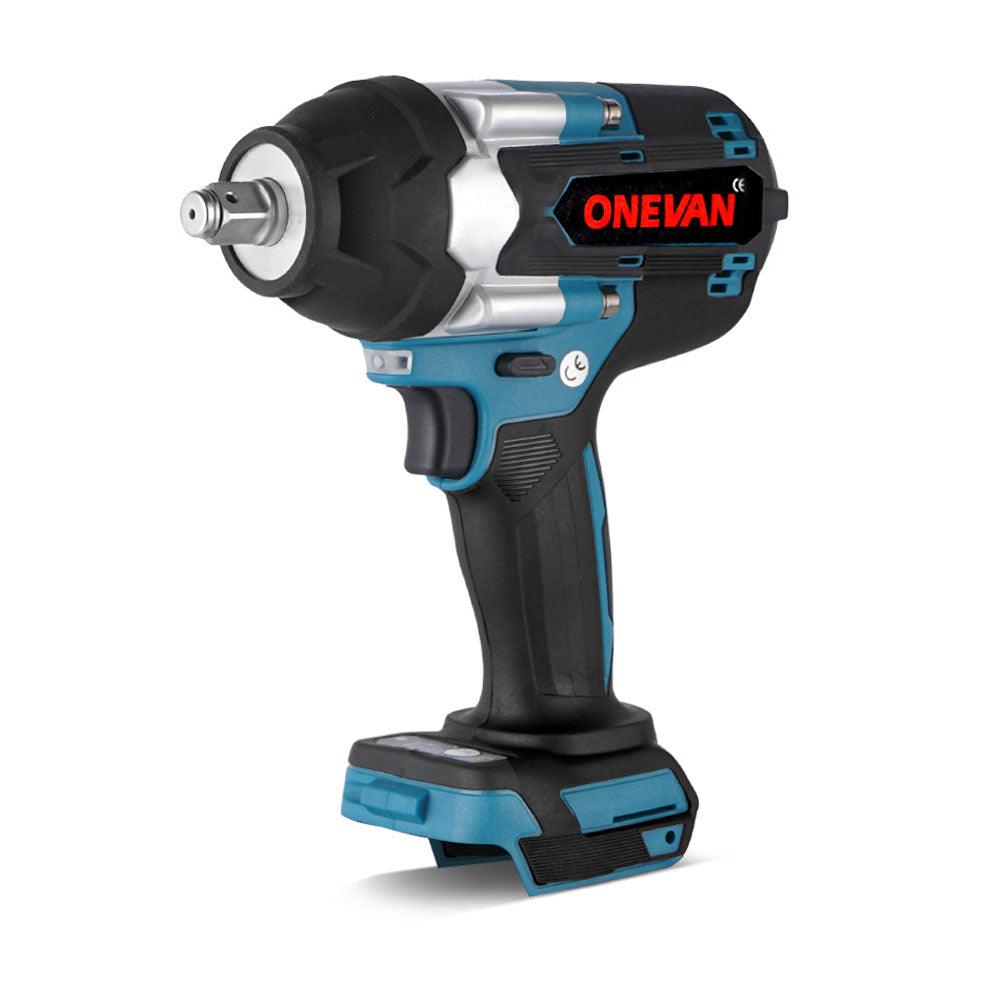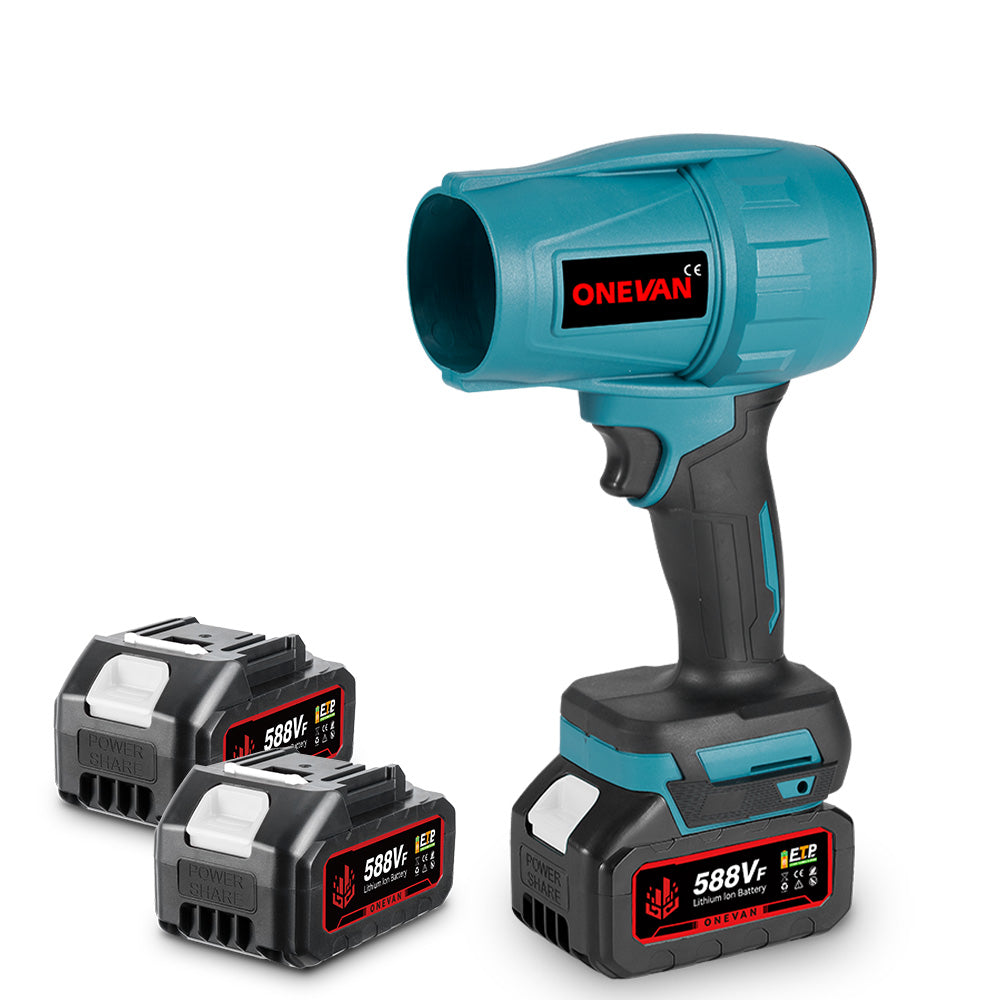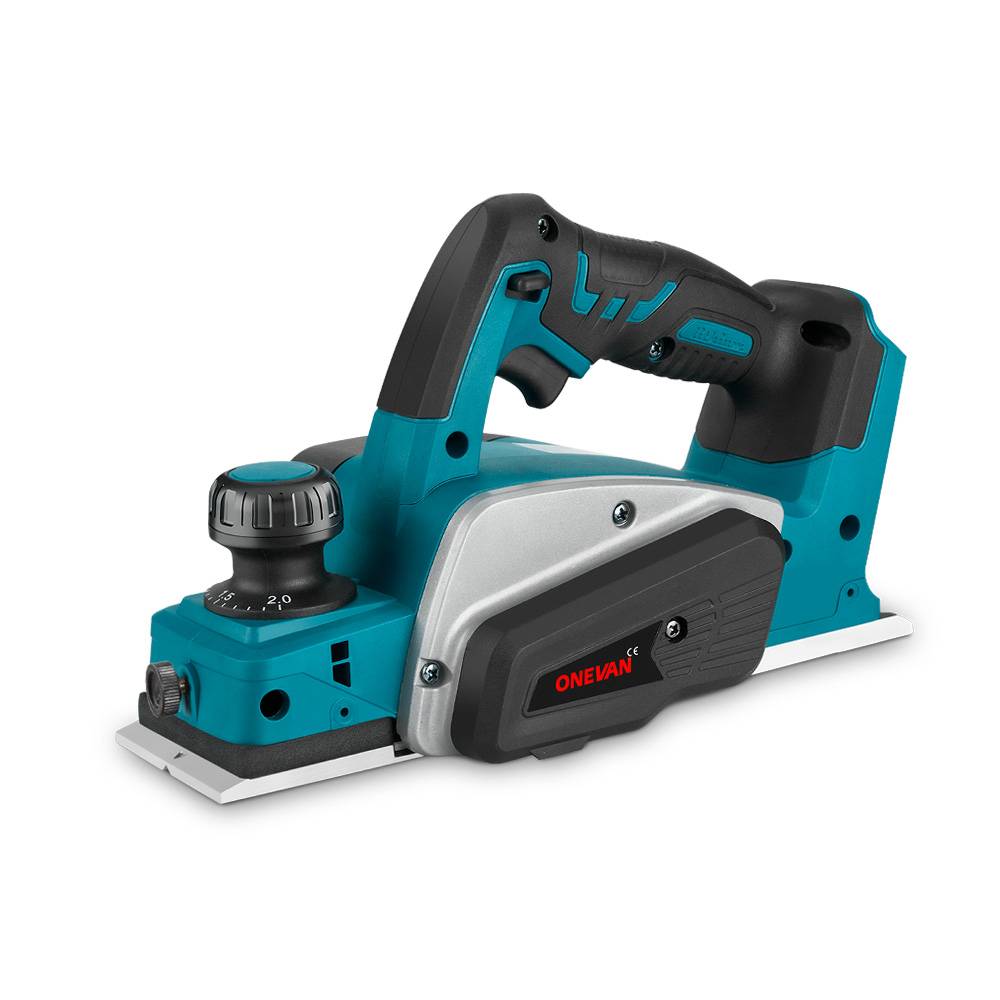An impact wrench is a significant power tool that is usually employed in automotive repair, construction, and manufacturing industries because of its effectiveness in the process of breaking or making fastenings. These powerful tools ease the work of the user because they provide a large amount of input torque alongside a very small effort. Choosing and using the right sockets for the impact wrench thus can make or mar the efficiency of the tool as well as the performance of a specific job.
Therefore, the drive size of the socket needed to fit well into the impact wrench for a snug fit. Failure to use the proper sockets can lead to improper torque, damaged tools, or in some cases, safety risks for the personnel involved.
With its years of experience in the tools business, Our ONEVAN presents customers with the highest quality of cordless impact wrenches in the market to tackle difficult work with ease. Also famous for its high-end and durability features, any job that involves the ONEVAN cordless impact wrench will be well done.
1. What Sockets to Use with Impact Wrench
1.1 Working Principle of Impact Wrenches
Impact wrenches are tools that provide power by providing brief shocks of torque using a rotating pounding motion. Its high-impact torque also enables it to easily break or tighten a fastener that would have otherwise needed much time to be accomplished by hand. The tool mechanism needs impact-rated sockets that are suitable for providing the required strength to deal with the vibration and stress that accompany use. What sockets to use with an impact wrench depends on their compatibility with the tool’s power and torque.
1.2 Differences Between Impact Wrenches and Regular Wrenches
Whereas regular wrenches depend on hand force, impact wrenches are driven by a motor in terms of rotational force. Impact wrench delivers more power than a regular wrench in a job and hence is fit to use in heavy-duty projects. Because of these differences, it is necessary to employ impact sockets made for a high-torque form of the impact wrench. Do you have to use impact sockets with an impact wrench? Of course, it is, since the goal of most cars is to be durable and safe for use. Impact wrenches are also more efficient in fastening and loosening stubborn bolts compared to regular wrenches. Their motor-driven force reduces the effort required, making them ideal for automotive and industrial applications. Additionally, impact wrenches prevent wrist strain, which is common when using traditional wrenches for prolonged periods.
1.3 Importance of Matching Socket Drive Size
Peculiar to the sockets is that the drive size of the socket must match that of the impact wrench. Standard drive sizes include 1/4-inch, 3/8-inch, 1/2-inch, and 3/4-inch. Inadequate drive size will lead to misfitting or suboptimal performance of the tool or socket or possible damage to the tool or socket. Does an impact wrench need special sockets? Yes, especially if the drive sizes fit correctly. Selection of the wrong drive size may produce unacceptable tool vibrations which damage sockets and cause equipment failure. Impact sockets represent durable components made from better materials to handle impact-wrench-rated torque outputs. The selection of appropriate drive sizes creates improved safety and prolongs both the tool life and socket durability.
1.4 Do You Need Special Sockets for an Impact Wrench?
Design Differences Between Impact and Regular Sockets
Impact sockets are constructed from chrome-molybdenum steel since they are intended for application with influence chisel-like affect wrenches, which produce high amounts of torque and vibration. They also bear a black oxide coating for improved corrosion as well as a heavyweight wall to reduce cracking due to pressure. Standard sockets, on the other hand, are made from chrome-vanadium steel which is considerably more fragile and breaks easily in cases such as impact wrench use. Do you need special sockets for the impact wrench? Yes, the impact sockets are designed specially to enhance safety and convenience.
Advantages of Using Impact Sockets
Using impact sockets offers several benefits, including:
- Increased durability and longevity due to more substantial materials.
- Reduced risk of damage to the tool and fasteners.
- Reduced chances of rostered sockets during operation hence improving the general safety levels.
Do you need to use impact sockets with an impact wrench? Yes, they forever shield the tools from damage and guarantee security in the provision of their uses.
1.5 Can You Use Normal Sockets on an Impact Wrench?
Potential Risks of Using Normal Sockets
Using normal sockets with an impact wrench is not recommended due to several associated risks:
- Normal sockets tend to break or fracture along the seam under the strain that comes with high torque and this creates a dangerous situation.
- Bolt snaps due to incorrect shank or socket damage.
- Potential damage to the impact wrench itself. Can you use normal sockets on an impact wrench? In one way, yes, but this is something that is not recommended to be done.
Tips to Avoid Damage When Using Normal Sockets
If you absolutely must use normal sockets in an emergency, follow these tips:
- To reduce the noise levels, use the lowest torque setting on the impact wrench.
- Check the socket occasionally to see whether it has worn out or whether it has been damaged in some way.
- It is recommended that the socket be replaced if it becomes cracked or deformed.
Will regular sockets work with an impact wrench? Although they may do so, they will not offer the kind of structural and functional capacity desirable in embracing safety and efficacy.
2. How to Attach a Socket to an Impact Wrench
2.1 Step-by-Step Guide to Attaching a Socket
Follow these steps to safely and effectively attach a socket to your impact wrench:
- Choose the Correct Socket: Always choose a socket that will accommodate the size and type of fastener you are going to deal with. Make sure it is the impact socket that you will use with your impact wrench. What sockets to use with impact wrench? Always use impact-rated ones.
- Inspect the Socket and Wrench: Each of the sockets and the wrench’s anvil ought to be checked for signs of wear or damage.
- Align the Socket: Chock the socket by its drive hole and position the hole on the socket against the square drive of the impact wrench.
- Push the Socket Onto the Anvil: Position the socket so it grips the flattest part of the wrench’s anvil, and make sure to hear a click. Ensure it is securely attached. How to attach socket to impact wrench? Ensure it’s clicked into place.
- Test the Fit: After that turn the socket clockwise until you feel that it is locked to the piece and will not be able to come off during operation.
2.2 Common Questions and Solutions for Attaching a Socket
Q: Why won’t the socket stay attached?
A: Check against the anvil whether the detent pin or the retaining ring is worn or broken. Replace if necessary.
Q: Can I use an adapter for different drive sizes?
A: Yes, but make sure the adapter is rated for impact to handle the torque.
Q: How to attach socket to impact wrench?
A: If you follow the above steps and have made sure of compatibility, you can proceed without hesitation.
3. How to Remove a Socket from an Impact Wrench
3.1 Step-by-Step Guide to Removing a Socket
- Power Off the Wrench: Switch off the impact wrench from its power source, retaining the possibility of the machine's accidental starting.
- Hold the Socket: Using your left hand, try to hold the socket tightly while stabilizing the impact wrench with your right hand.
- Release the Lock Mechanism: Check the type of shock. If your impact wrench is the one with a detent pin or retaining ring, then slide or press the socket to release it.
- Pull the Socket Off: Finally, pull the socket back in the direction of arrow 4, with great force, to the anvil, as shown in the figure. If it feels stuck, then very gently move it side to side. How to get socket off impact wrench? Rock gently if stuck.
3.2 Troubleshooting Tips for Common Issues
Issue 1: The socket is stuck on the anvil. How do you remove a stuck socket from the impact wrench?
Solution: Grease the edge of the hook to weaken the socket using penetrating oil. In case you need additional leverage, use pliers or a socket puller whenever you are doing the steps.
Issue 2: The detent pin is jammed.
Solution: Finally, with the help of a flathead screwdriver, you need to press the pin back to its original position gently.
3.3 Common Questions and Solutions for Removing a Socket
Q: How do you remove a stuck socket from an impact wrench?
A: There is no torque specified, but penetrating oil and a socket puller or pliers may be used for some help.
Q: Can I damage the wrench while removing a socket?
A: The force should not be applied too much to the extent of damaging the anvil or socket. For safety in removing the socket, some proper tools are to be applied.
4. Conclusion
To achieve optimal performance, ensure safety from potential hearing loss, and extend the longevity of the tool, it is essential to use the correct sockets with your impact wrench. In any case, the operator should always wear impact sockets to cope with the kind of torque that an impact wrench produces. The drive size must match the wrench, and if it does not, this can cause several operational problems. Such companies as ONEVAN provide customers with highly efficient and high-quality tools such as ONEVAN cordless impact wrenches that help make fastening work effective and easy.
Knowing how to install and reinstall the socket in the best manner helps in easy working and prevents them from faster tear up. It works well when you prepare yourself with the correct amount of knowledge and equipment for the job so that you do not cause an accident or take too long. Proper maintenance of your impact wrench and sockets ensures smooth operation and enhances tool longevity. Regularly inspect sockets for wear and replace damaged ones to avoid malfunctions. Keeping sockets clean and lubricated prevents rust and provides a secure fit. A well-maintained impact wrench delivers consistent performance and minimizes the risk of unexpected failures.
5. FAQs
Can You Use Impact Sockets with a Regular Wrench?
Of course, one can use impact sockets with a standard wrench. These sockets are made to handle high torque and impact as well as normal turn force and yet are usable with hand tools such as the ratchet wrench. However, impact sockets used with the regular wrenches may not be used to their fullest strength and durability.
Can You Use Impact Sockets with a Torque Wrench?
It’s possible to employ impact sockets with torque wrenches, yet the correct fitting should be observed keenly. There is a difference between impact sockets and torque wrenches due to the fact that impact sockets are meant for high-impact use while torque wrenches need precise application of torque. It does work with impact sockets even with a torque wrench, but using standard sockets would be a better plus for the accuracy.
Can You Use a Socket Extension with an Impact Wrench?
Of course, you can use a socket extension on an impact wrench, but to do it, get an extension designed for impact tools only. It might not correctly manage the high torque and vibrations. Therefore, the possibility of being damaged or having reduced efficiency was frequently extended. Consequently, impact-rated extensions provide safety and effectiveness for the project.
What Is the Maximum Torque for Impact Sockets?
The maximum torque for impact sockets will also be influenced by the size, material, and design of an impact socket. Normally, quality impact sockets can withstand more significant torque forces than one thousand foot-pounds (ft-lb). In any case, it is always necessary to point to the manufacturer’s indications concerning the maximum permissible torque in the use of the socket.
How Do I Know When to Replace My Impact Sockets?
You should consider changing your impact sockets if they have cracks that are easily observable, if they are excessively worn, rounded at the corners, or even if they have any form of structural compromise. Used often in high-torque applications, it gradually deteriorates and hence requires regular inspection to improve safety and performance.

